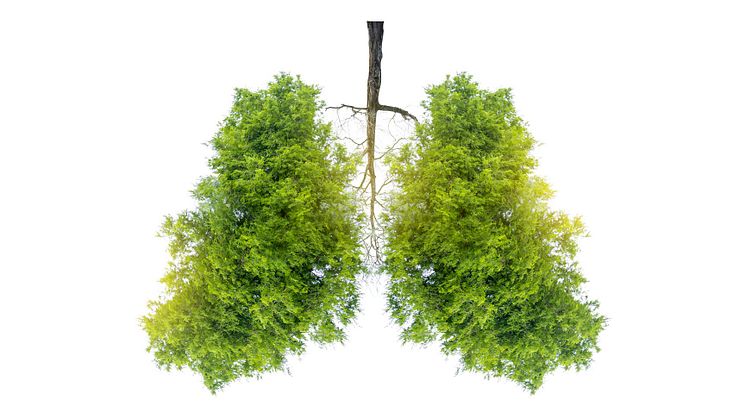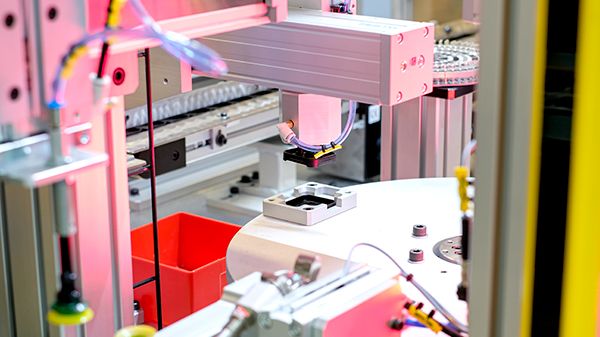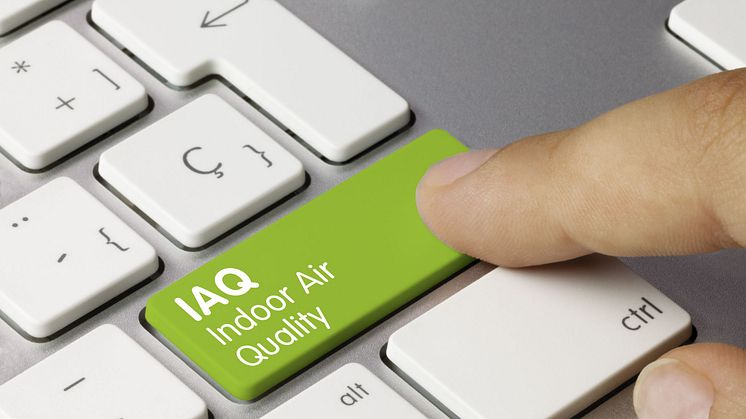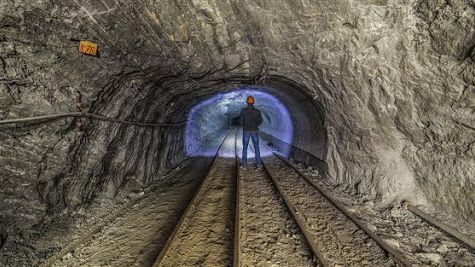
Blog post -
How does radon gas affect humans?
Radon gas is responsible for 55% of the total exposure of the general public to natural ionizing radiation (UNSCEAR report 2000). We can always find elevated radon levels indoors, and we are breathing radon gas everywhere. However, questions arise such as why is radon gas dangerous and how does it affect humans?
Introduction: Rn alpha radiation and physics
Radon is a noble gas whose radioactive isotope Rn-222 is usually known as radon. Due to the radioactive properties of Rn-222, it emits alpha radiation during its radioactive decay. Alpha radiation is ionizing radiation. It means that the radiation has enough energy to extract electrons from the atoms. Therefore, atoms reach the so-called ionizing state of energy. In addition, the half-life of Rn-222 is 3.8 days which is long enough to enable to detection of the gas.
Ionizing radiation and damage to human DNA
Alpha radiation and radioactivity are ionizing radiations, which means that they can affect our cells' DNA. Other types of ionizing radiation are beta and gamma. However, alpha particles have a high mass (massive particles at the atomic scale). They can deposit much more energy per unit of distance. This energy deposition is much higher than what derives from beta or gamma radiation. Yet, the damage that alpha radiation causes to our DNA is much more significant.
Research on how radon can cause lung cancer
One of the characteristics of radon is that it is a noble gas. It implies that it cannot create chemical compounds with other elements. So, why is it dangerous? We need to focus on its daughters. They are not gases but radioisotopes that can attach to the respiratory tract tissues, our lungs, etc. Some of the radon daughters (Po-218 and Po-214) are alpha emitters which have high energies. The end result being high energy alpha emitters that can attach to the tissues in our lungs.
The International Agency for Research on Cancer (IARC) classified radon as carcinogenic agent group 1 in 1988.
Today, there is no doubt that radon gas is responsible for many lung cancer deaths across the world. Many scientific studies have demonstrated this; for example, Sarah Darby et al. concluded in 2005 that "radon is responsible for about 2% of cancer deaths in Europe".
In summary, the only way to know your level of radon exposure is through a radon test. You can easily order your test here.

























